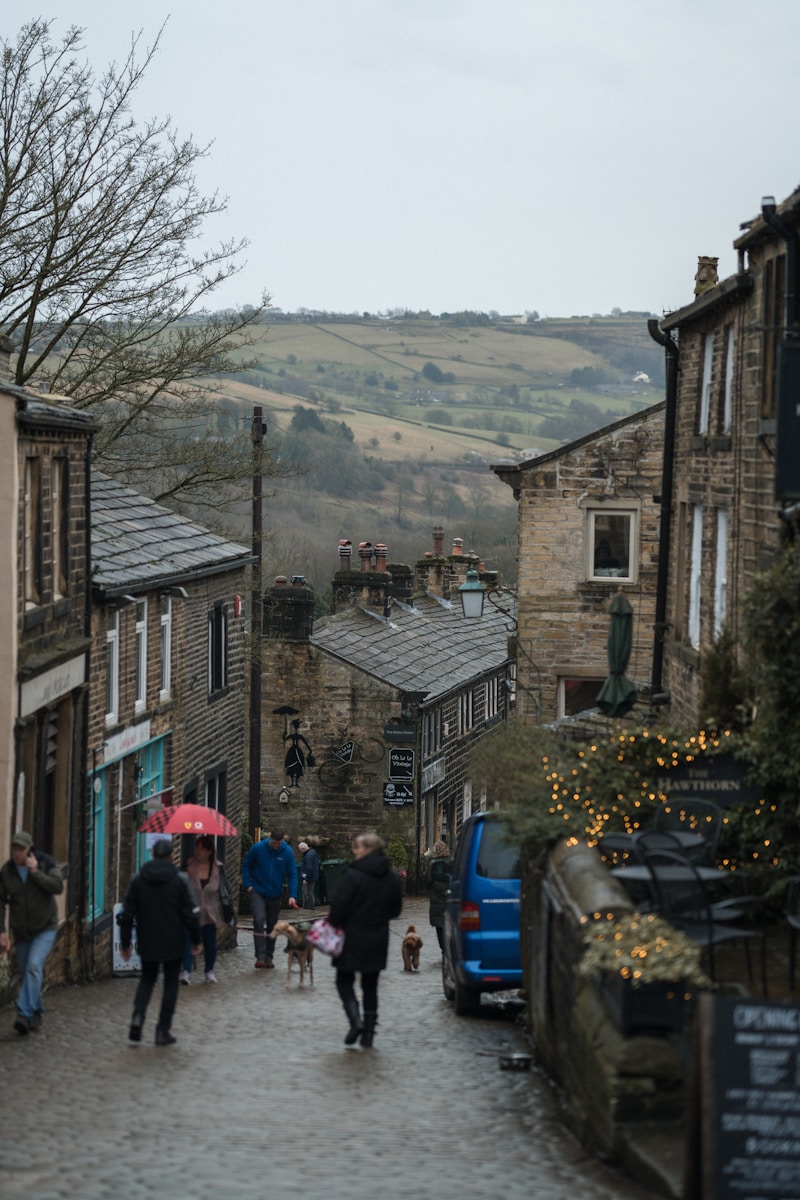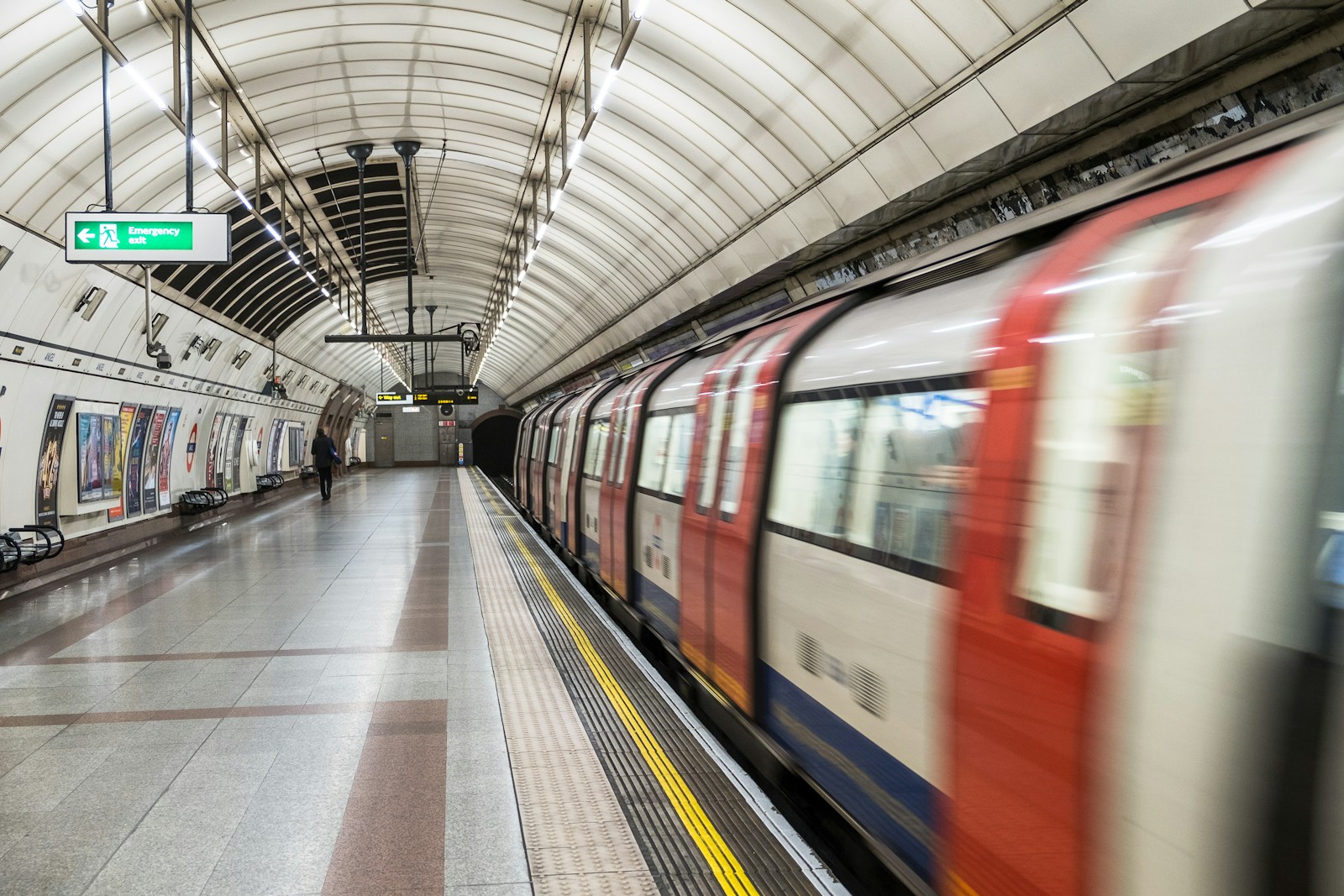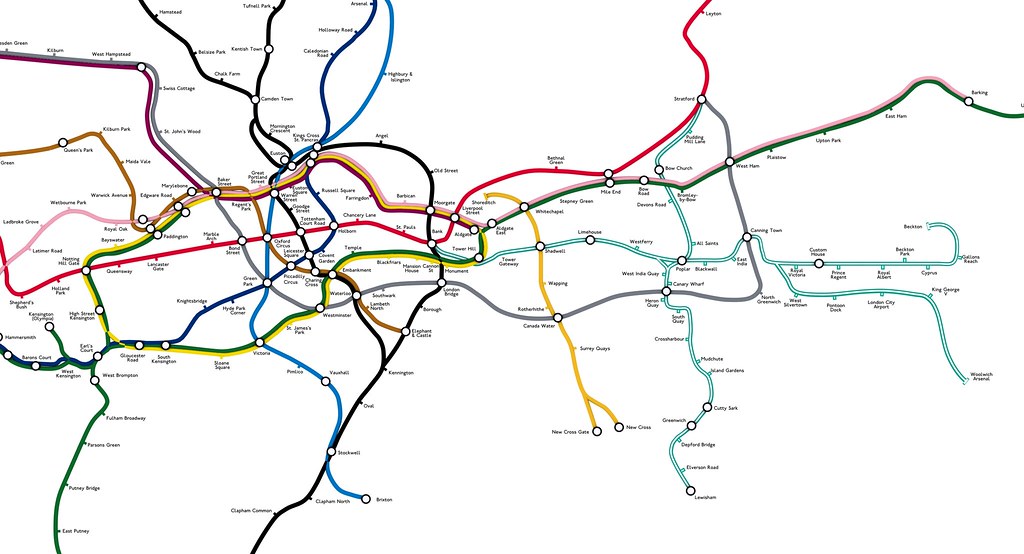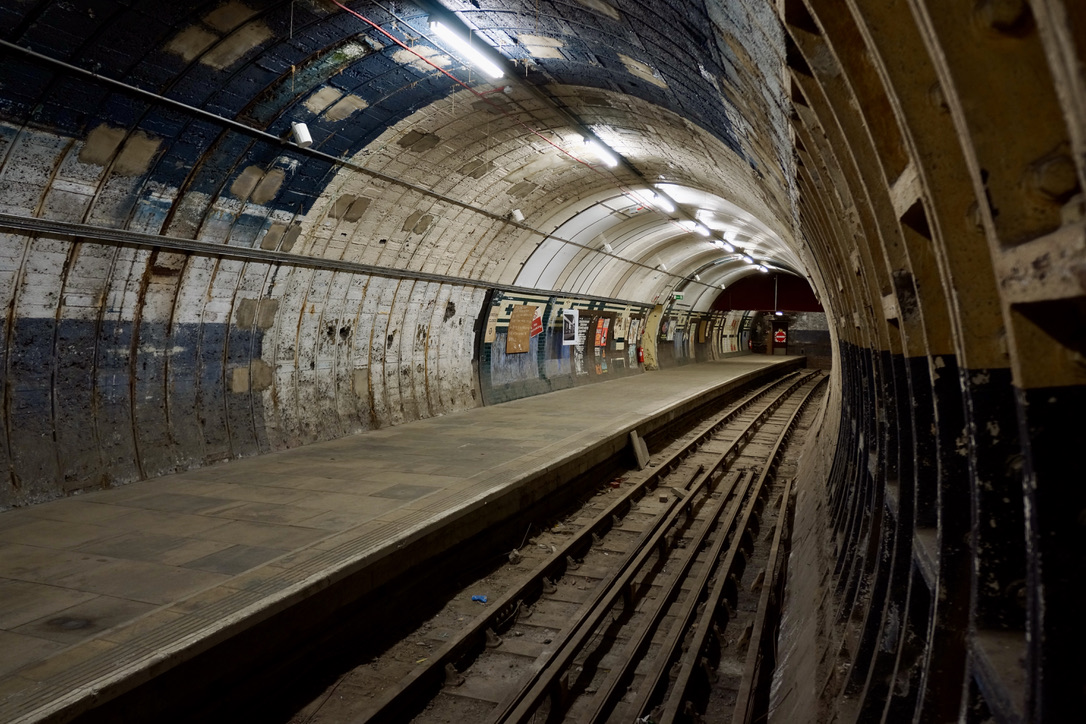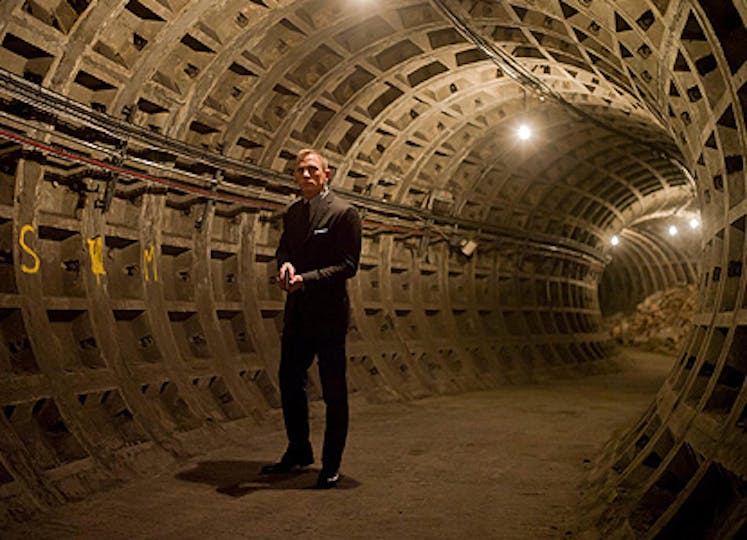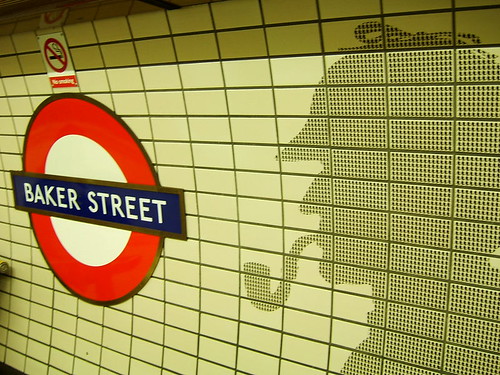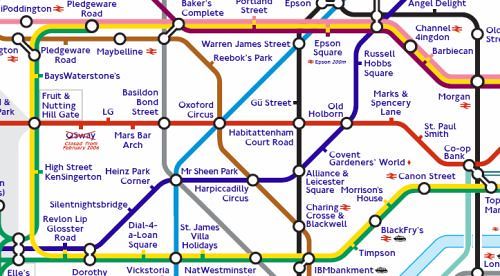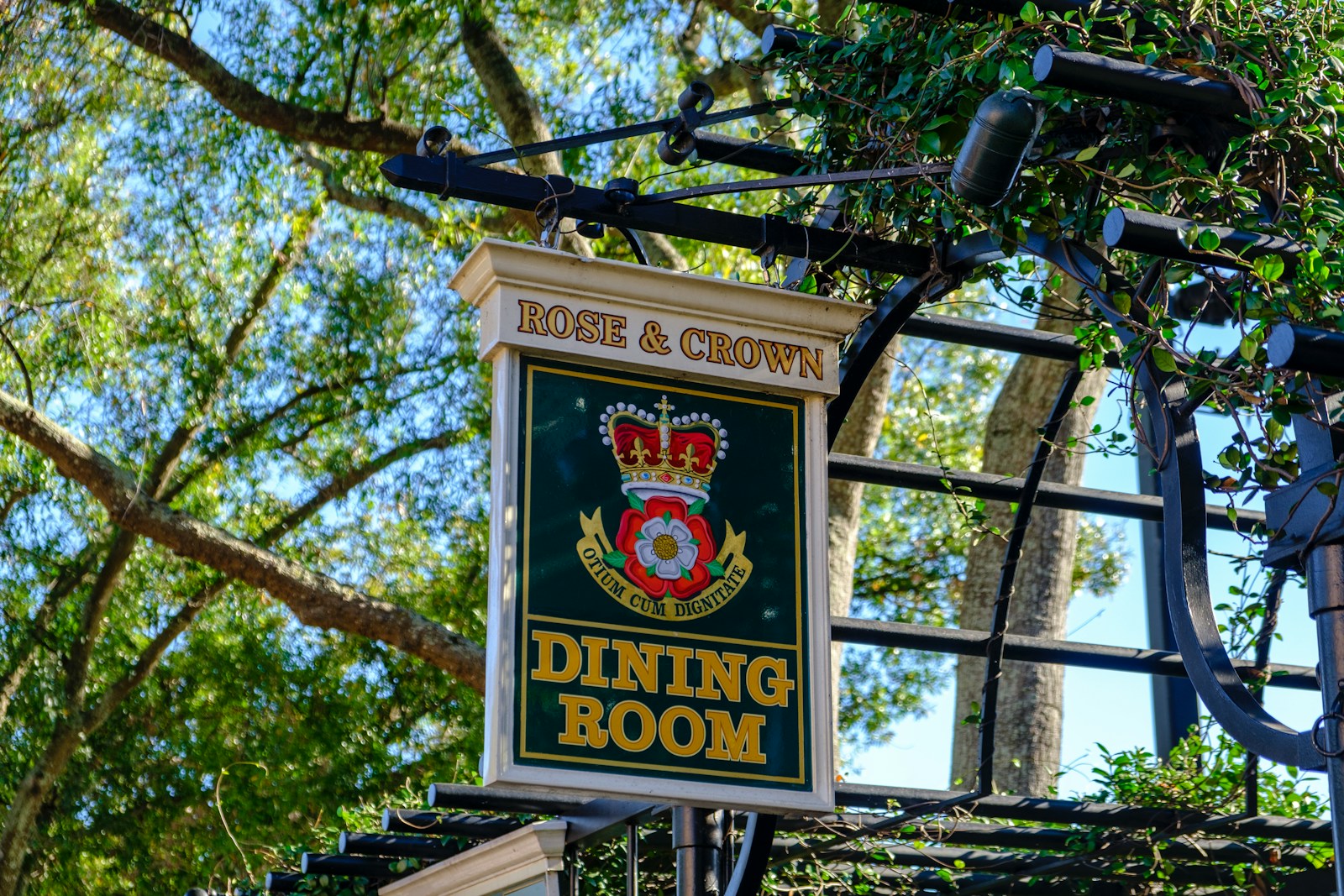
The Ultimate British Pub Crawl Map: Historic Taverns Worth the Journey
When it comes to exploring the unique cultural tapestry of the United Kingdom, few experiences can rival a good old-fashioned pub crawl. Pubs are the heart and soul of British social life, and their storied histories offer a glimpse into the past that few other venues can match. From medieval taverns to modern craft beer establishments, each pub has its own story to tell. So gather your friends, put on your walking shoes, and let’s embark on a tour of some of the most historic and charming taverns Britain has to offer!
A Brief History of Pubs in Britain
Before we jump into our tavern map, it’s essential to understand the significance of pubs in British culture. The term “pub” is short for “public house,” and these establishments have been around since the Roman era, serving as communal meeting places for travelers and locals alike. Often, they were the only places where you could find food, drink, and companionship.
Throughout the years, pubs have evolved, but they’ve retained their role as vital social hubs. The boom of the Victorian era saw the rise of ornate establishments, while the 20th century brought about the decline of many neighborhood pubs, leading to a resurgence in recent years, particularly with the craft beer movement.
Now that we have a bit of context, let’s explore some of the must-visit historic pubs across the UK!
London: The Oldest of the Old
1. The Olde Cheshire Cheese
Nestled on Fleet Street, The Olde Cheshire Cheese is one of the oldest pubs in London, dating back to 1667. Stepping inside feels like stepping back in time, with its dark wood interiors, low ceilings, and cozy nooks. Famous patrons include Charles Dickens and Mark Twain, making this spot a must-visit for literary enthusiasts. Be sure to try their hearty ales and traditional English dishes, which have stood the test of time.
2. Ye Olde Mitre
This hidden gem is located in Holborn and dates back to 1547. Tucked away down a narrow alley, it’s a favorite among locals and has a sense of exclusivity that makes it special. The pub boasts a rich history, having been the watering hole of both royalty and common folk. The interior features beautiful oak panels and a distinctive tree where the Queen’s head once swung (don’t ask!). Grab a pint of their special ales and soak in the atmosphere.
The South: Coastal Treasures
3. The Tiger Inn, East Sussex
Located on the picturesque coast of East Sussex, The Tiger Inn has been serving thirsty travelers since the 16th century. This charming inn is not just about the drinks; it offers beautiful views of the surrounding countryside and mouth-watering pub grub. Their fish and chips are legendary, and you can enjoy them while sitting in their delightful garden.
4. The Royal Oak, Bexley
The Royal Oak dates back to the 17th century and is known for its welcoming atmosphere and fantastic selection of beers. It’s not just a pub; it’s a gathering place for locals and tourists alike. The elegant yet rustic setting, complete with a roaring fireplace, makes it the perfect spot to relax after a long day of exploring.
The West Country: A Taste of Tradition
5. The Bell Inn, Stow-on-the-Wold
In the charming market town of Stow-on-the-Wold, The Bell Inn has been a cornerstone of community life since the 16th century. Famous for its traditional ales and cozy ambiance, this pub also boasts a beautiful garden that is ideal for summer sipping. Their menu features a range of local dishes, showcasing the best of the West Country.
6. The London Inn, Truro
Another historical gem, The London Inn, dates back to the 18th century. Located in the heart of Truro, it offers a delightful mix of old-world charm and modern comforts. The pub is known for its extensive wine list and locally sourced food. Their seafood dishes are particularly outstanding, thanks to their proximity to the Cornish coastline.
The Midlands: Industrial Charm
7. The Old Bell Hotel, Derby
Claiming to be the oldest hotel in England, The Old Bell Hotel has been welcoming guests since the 13th century. The tavern is full of character, with original oak beams and an inviting ambiance. Sample their locally brewed beers while admiring the historical features that tell a story of centuries past. The hotel also offers cozy accommodations for those wishing to extend their stay.
8. The Crown Inn, Tewkesbury
The Crown Inn is a delightful mix of history and hospitality. With origins dating back to the 14th century, this tavern is steeped in local lore. The pub is an excellent spot to enjoy traditional ales and hearty meals. Keep an eye out for their seasonal events, which often feature local bands and crafts.
The North: Rustic and Real
9. The Bounty, Sandbanks
Situated on the stunning Sandbanks peninsula, The Bounty is a seaside pub that offers a unique mix of history and modern flair. The building itself dates back to the 17th century, and the stunning sea views are a huge drawcard. With a range of craft beers and a menu full of fresh seafood, this pub is perfect after a day spent on the beach.
10. The Fleece Inn, West Midlands
The Fleece Inn is a real treat for anyone who loves traditional pubs. Dating back to the 15th century, it is known for its timber-framed structure and friendly atmosphere. This pub has a lovely garden and hosts local events, making it a perfect social hub. Be sure to try their homemade pies and ales brewed on-site.
Conclusion: The Journey Awaits
Embarking on a pub crawl through Britain is not just about the drinks; it’s about the stories, the atmosphere, and the rich history that each establishment offers. From the bustling streets of London to the serene countryside of Cornwall, these historic taverns provide a unique glimpse into the past while serving as cozy spaces for socializing and relaxation.
So, whether you’re a local looking to rediscover your city or a traveler seeking authentic experiences, these pubs promise to deliver a memorable journey filled with laughter, good food, and fantastic company. Cheers to the adventures that await!

